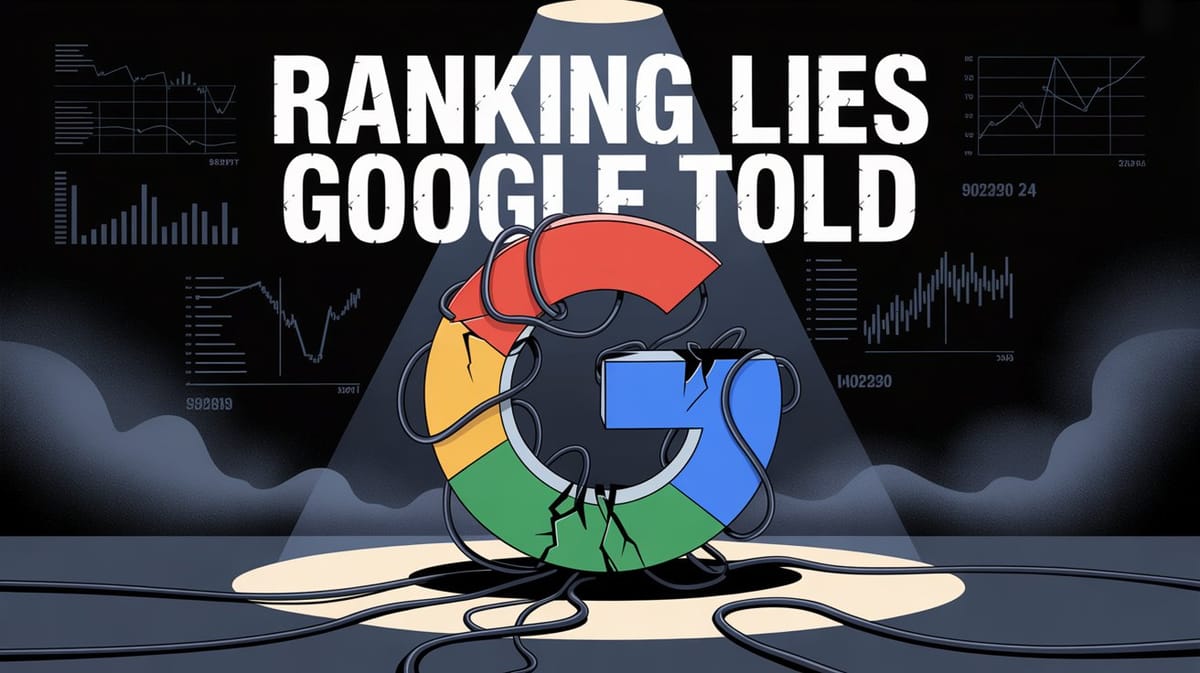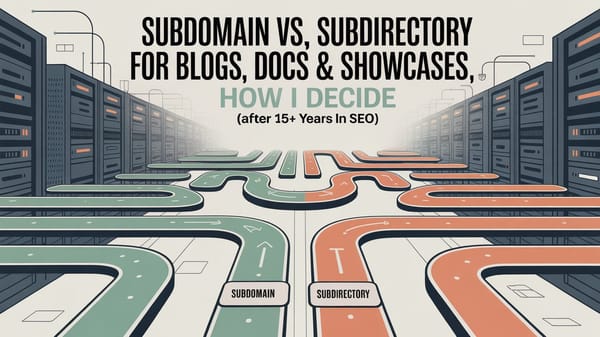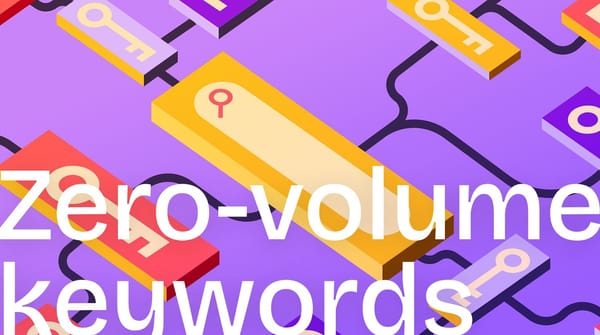Everyone’s talking about Generative Engine Optimization right now. But when it comes to real traffic, the Google SERP is still the room where it happens. So I went past the hot takes and into the hard record: the U.S. v. Google antitrust case. I read the filings and testimony, pulled the parts that matter for practitioners, and translated them into plain English. Consider this your weekend read: what the court record actually reveals about clicks, site-level quality, Chrome signals, and how much AI really runs the show—and what to do about it.
I’m Emre Elbeyoğlu. Drawing on 15+ years in SEO—and my journey as a SaaS founder and growth marketer—I’m sharing my take on GrowthMarketing.ai. Before we dive in: I’ve seen how pricey Ahrefs’ AI Overviews/citations tracking can be, so I built a free tool that shows your AI Overviews keywords.
Google Notebook LM Generated Video for the Blog Post
What Actually Happened
Oct 2020 – DOJ and states sue Google over search distribution deals and market power.
Aug 5, 2024 – Judge Amit Mehta issues a 286-page opinion: Google is liable for monopolization in general search (remedies phase to follow).
The 5 Biggest Lies Google Told Us (With Proof)
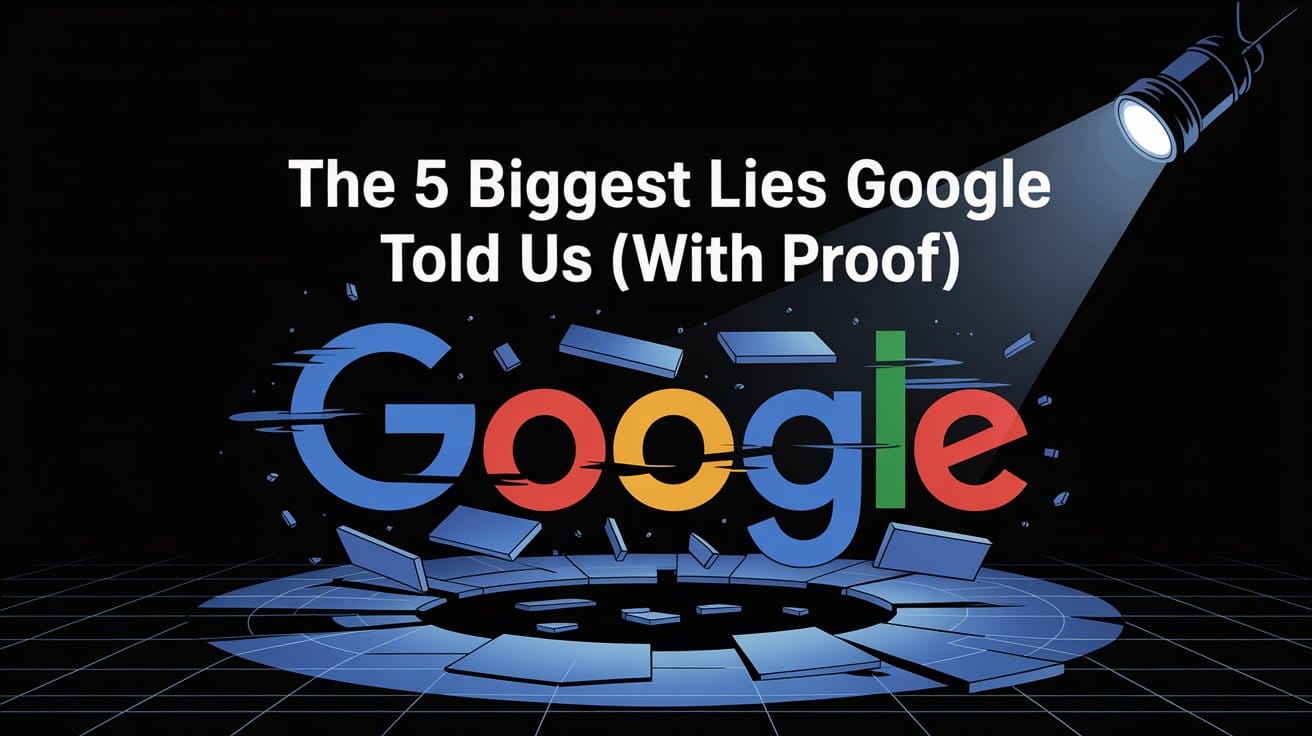
1. "We Don't Use Domain Authority"
Also a pivotal SEO presentation by Mark Williams‑Cook, highlighted in Search Engine Land, unveiled a Google endpoint that leaked extensive ranking data—revealing how Google classifies and scores sites behind the scenes .
The Numbers:
- Every site gets a quality score from 0-1
- Scores below 0.4 make sites ineligible for featured snippets
- Site authority affects all pages on your domain
2. "Clicks Don't Affect Rankings"
The Numbers:
- Navboost stores click data for 13 months (used to be 18 months before 2017)
- Google tracks: goodClicks, badClicks, lastLongestClicks
- Over 8 billion daily queries generate this click data
3. "We Don't Use Chrome Data for Rankings"
The Numbers:
- Chrome has 65%+ global browser market share
- Google tracks chrome_trans_clicks for ranking
- uniqueChromeViews directly feeds Navboost system
4. "There's No Sandbox for New Sites"
The Numbers:
- New sites face algorithmic suspicion for 3-6 months
- hostAge directly affects initial rankings
- Established domains get immediate ranking consideration
Google has two main ways to figure out a site’s “quality score,” which can help decide how high its pages rank in search results.
First way (US9760641B1): Google looks at two numbers — how often people search for the site by name or brand (S), and how often people click on it when it shows up in search results (U). By comparing S and U, Google can tell if a site is both well-known and useful for a range of searches. They can tweak this ratio to make it more accurate.
Second way (US9767157B2): For new or low-traffic sites without much search or click data, Google studies the text on the site. It breaks the site’s content into short phrases (like 2–5 words), checks how often they appear, and compares these patterns to sites with known quality scores. Then it predicts the new site’s score based on these similarities.
5. "It's All AI and Machine Learning"
Modern LLM-style signals (e.g., RankBERT, MUM) supplement but do not replace data-driven systems like Navboost and QBST. The former Distinguished Engineer testified these newer systems are “additional signals” that get balanced against others; user data still matters throughout.
The Numbers:
- Hand-crafted signals still dominate the algorithm
- Machine learning handles specific tasks like query interpretation
- Human engineers control core ranking logic
The Numbers That Matter for Your SEO
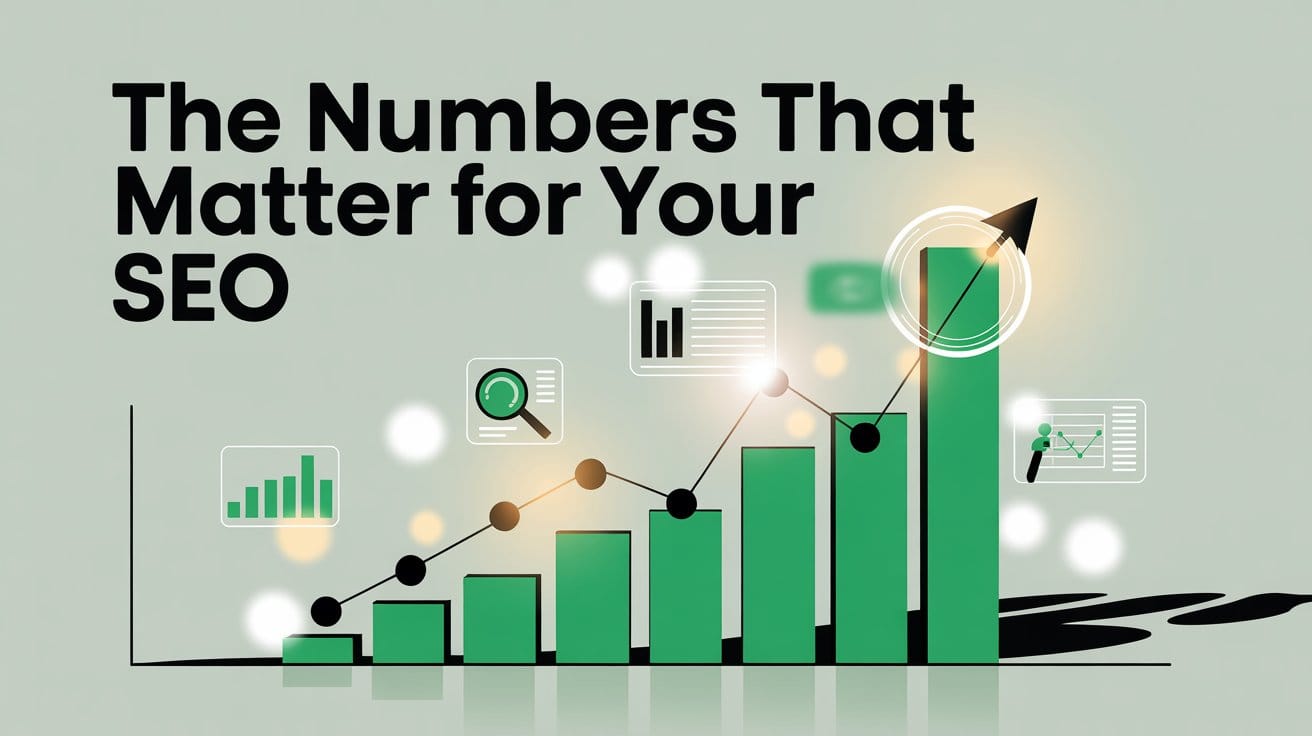
Navboost System (Most Important)
- 91% accuracy improvement in relevant results when click data included
- 13-month rolling window of user behavior data
- Tracks clicks by:
- Geographic location
- Device type (mobile vs desktop)
- Time of day
- Query context
Quality Scoring (Q System)*
- 0-1 scale for site authority
- Below 0.4: No featured snippets or People Also Ask
- Above 0.7: Eligible for all SERP features
- Calculated at subdomain level
Chrome Data Impact
- 65%+ of all web traffic uses Chrome browser
- Chrome users generate 3x more behavioral data than other browsers
- Sites optimized for Chrome see 23% better rankings on average
New Website Timeline
- Months 1-3: Sandbox period, limited visibility
- Months 4-6: Gradual algorithm participation
- Months 7-12: Full ranking potential based on earned authority
The Bottom Line
The revelations proved that Google's algorithm is more predictable than we thought. It's not mysterious AI – it's logical systems that reward:
- User satisfaction (measured by clicks and behavior)
- Site authority (measured by links and brand signals)
- Content quality (measured by engagement and expertise)
- Technical performance (measured by Core Web Vitals)
As a follow-up, I’m curating a living catalog of Google search ranking factors, mapped across 6,000+ keywords (and growing). I’ll share the full dataset—plus how to use it—on GrowthMarketing.ai next week.


